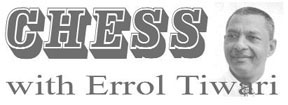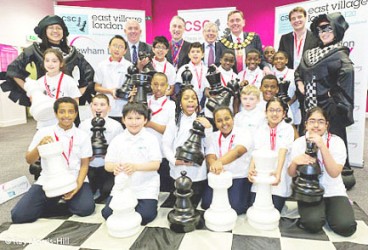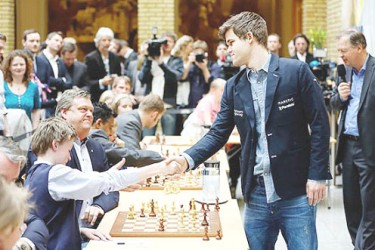The Norwegian Parliament recently approved a trial to include a one-hour a week chess class in schools for third and fourth grade students. The initiative was presented and promoted by Norway’s current world chess champion Magnus Carlsen and former world champion Garry Kasparov.
The event was hosted by Norway’s Minister of Education with Carlsen delivering an exciting simultaneous 

The Norwegian Chess Federation intends to launch a trial where third and fourth graders get to have one hour of chess at school each week.

In my candid estimation, I cannot determine how spending one hour of chess per week can negatively impact on the average boy and girl. Alternatively, one hour of learning chess and playing the game would enhance a student’s faculties. Generally speaking, student chess players become high achievers. They are brighter and smarter. For example, Spain introduced chess as a compulsory subject in schools in a show of unity among political parties. Scientific studies carried out by the universities of Girona and Lleida conclude that “students who learn chess at school develop their intellect significantly on several levels and improve their math and reading scores.”
In 2013, the UK registered charity, Chess in Schools and Communities, announced a project to deliver chess to all 64 schools in Newham and teach 20,000 students how to play the game.
Worldwide, chess is a popular game. It is treated with seriousness in Eastern Europe. In 2011, Armenia made chess a required subject for all children over the age of six. Eventually, the country produced the number two chess player in the world. The game is closely related to the improvement of cognitive abilities of the child. It also assists with coping and problem-solving capacities. In a nutshell, the benefits for improved thinking are numerous.




